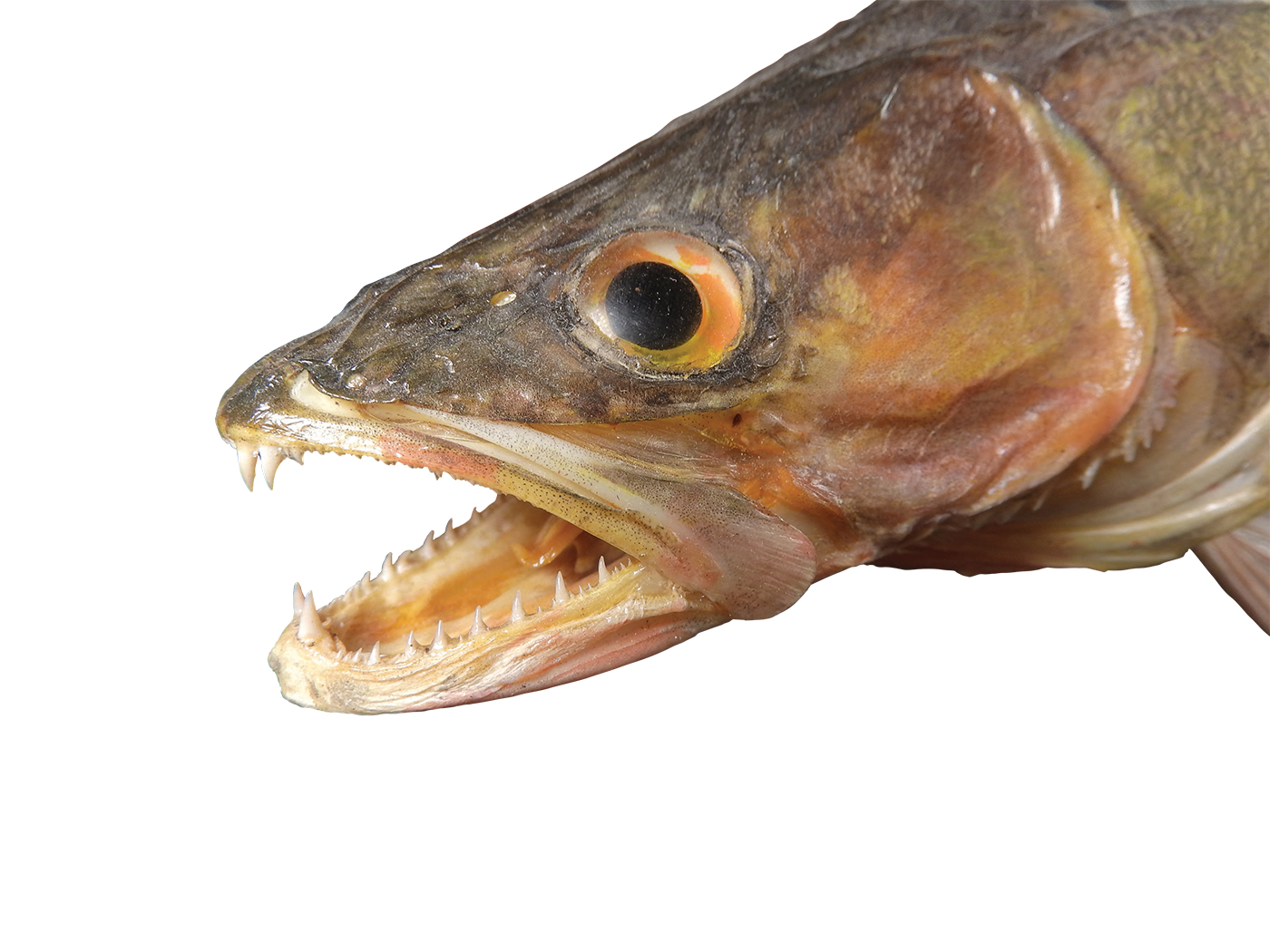According to a recent report, one biotech company has plans to test and market a rather unusual treatment for certain autoimmune intestinal ailments like Crohn's disease…a concoction containing the eggs of a parasitic whipworm that infects pigs.
That's right: Pig parasites used to treat human disease. How can parasites possibly help?
Crohn's disease patients suffer from an irritable bowel because of inflammation of the intestinal lining. A communication error in the immune system is thought to cause specialized white blood cells, called T cells, to mistakenly attack intestinal cells, thinking they are harmful invaders.
The concept of using parasites to combat this condition was spurred by a 1989 study in which researchers found that incidences of allergic diseases had increased in cultures with "higher standards of personal cleanliness."1 They reasoned that exposure to allergens at a very early age strengthened immune response. Perhaps exposure to parasites, which are more common in less developed societies, would help people suffering from intestinal diseases.2
Though very similar in appearance to the whipworms that can infect humans, pig whipworms only grow for a few weeks in human intestines. That isn't enough time to establish an infection, but it is long enough for the worm to interact with the intestinal inner lining. The researchers found that the treatment in a preliminary trial resulted in "upward of 70 percent of patients [achieving] total remissions," according to a financial news report.3
The report also stated, "Parasites similar to the pig worm that [biotech firm] Coronado is studying actually regulate cell mechanisms that prevent excessive T-cell activation…a major cause of autoimmune disorders."3
But if intestinal worms evolved, why and how would they have achieved an ability to regulate T-cell activity in host tissues? If evolution were true, then worms should try and survive by eating more and reproducing faster. This would leave no time, energy, or ingenuity to develop the intricate and specific biochemistry required for precise interspecies tissue communication. In other words, it looks as though these worms were made for a purpose…intestinal tissue regulation.
Communication breakdowns within and between different organisms' tissues can result in disease, and this is a manifestation of the curse under which all creation was placed as a direct result of human sin. However, the fact that vestiges of such a complicated communication apparatus still exist testifies to an original creation of high order.4
The benefits that worms apparently provide could only exist because of well-designed, purposefully created systems. Though marred, such design suggests that parasitic worms were originally created as part of a very good creation.
References
- Strachan, D. P. 1989. Hay fever, hygiene, and household size. BMJ. 299 (6710): 1259-1260.
- CNDO-201 (T. Suis Ova). Coronado Biosciences fact sheet. Posted on coronadobiosciences.com, accessed August 9, 2011.
- Weintraub, A. NYC's Coronado Biosciences Plans Two Drug Trials, Wall Street Debut, and Boston Move. Xconomy. Posted on xconomy.com July 21, 2011, accessed August 9, 2011.
- Thomas, B. Intestinal Bacteria: A Delicate Balance. ICR News. Posted on icr.org October 24, 2008, accessed August 9, 2011.
* Mr. Thomas is Science Writer at the Institute for Creation Research.
Article posted on August 16, 2011.




















